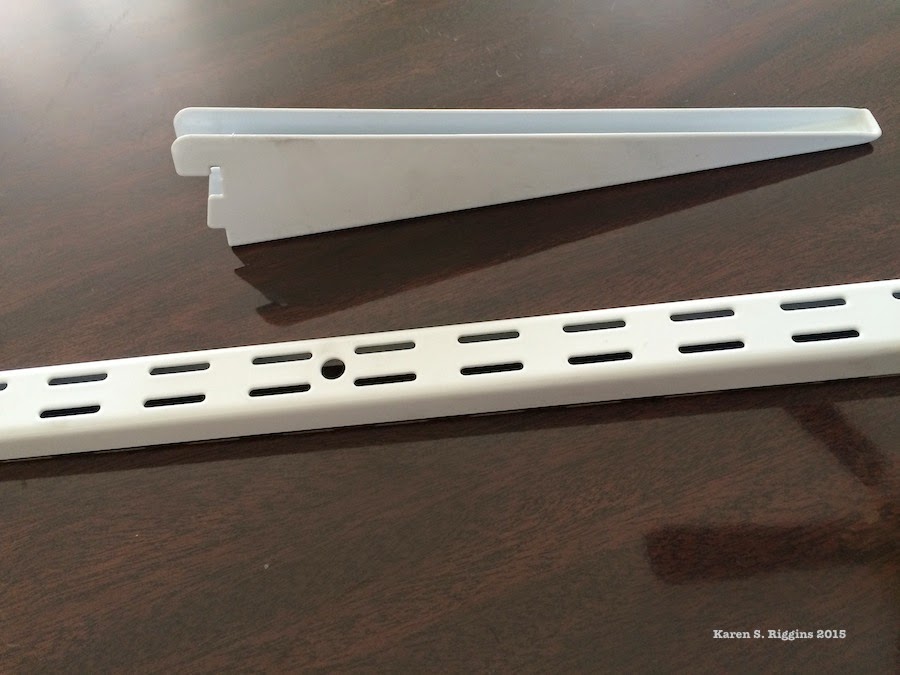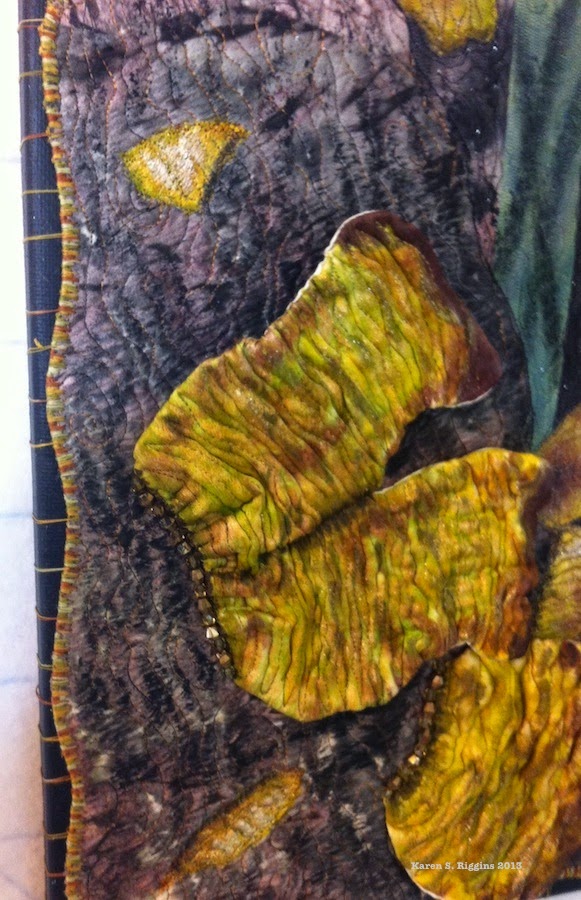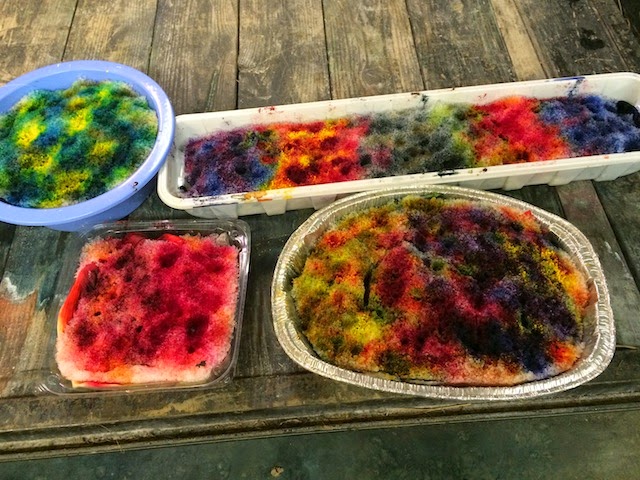Last night I made the letter "K" block that will be used to make a sign for the "Quilts With a Kick" Show that will be in Berea, Kentucky this summer. The show is an exhibit of our current year's challenge which is "Stampeding Quilts". However this blog is not about the show, it's about finishing small pieces for display, because of the Quiltography Challenge we, the Quilt Artists of Kentucky, have going on.
The challenge is to interpret a photo into a 12" art quilt. We are going to be exhibiting these pieces at the Kentucky Heritage Quilt Society "Getaway" in June and possibly some art galleries later in the year.
The challenge we are having with small art quilts is how to display them in an attractive manner, while also keeping them light in weight and easy to hang. In a previous post I discussed attaching them to artist canvas. You can find that post in the March archives.
One of our QAK members, Betsy Terrill, told me about using a double layer of Peltex. She uses the Peltex that has adhesive on both sides. I didn't have any on hand so I used Aileen's Tacky Glue instead and heat set it with an iron.
I started with cutting out the plain front of the quilt. I applied the letter after I got the front piece of fabric glued to the interfacing.
I did not have any Peltex on hand but I did have extra heavy interfacing. According to the directions that I received from Betsy, I cut the front piece larger than the piece of 8"x10" interfacing. I applied glue to the fabric, on two opposite sides and glued them to the interfacing. I then created mitered corners on the two remaining edges, applied glue to them and folded them over into place.
I then applied the letter to the front and quilted the whole piece, using only the interfacing as the batting and backing. If you are using this method with a quilt that has been pieced or already appliqued then you must plan ahead so that there is plenty of fabric left over to wrap around the edges.
Here's what the back now looks like after being quilted.
I then created the back of the piece, using the same gluing process and quilting it all over.
Here's what the back of this piece looks like.
The two pieces are now ready to be put together to create a finished quilt.
I applied glue to the back side of the front and glued the front and back together. I then heat set the two pieces together, using an iron set on hot. Using Peltex or extra heavy interfacing with heat bonding on both sides would eliminate this step, but it's also quite a bit more expensive.
I finished off the edges using the same metallic thread that I had used for the quilting. I used a quilting foot to have more space under the foot and did free motion zig-zag stitching around the edge. This finished off the edge and it holds the two pieces together. I ended up going around three times to get in enough stitching. I do not have any hanging wire or thread attached to this piece since it will be part of a larger piece.
Betsy Terrill has finished off her 12" square piece with a hanger made of buttons and thread on the back. The back of her small quilt also echos the design on the front. She has also applied a label to the back.
Front of the quilt.
Betsy also stitches the two layers together where ever she can do so without the stitching showing.
Some other ways of working with this process would be to make the back a bit smaller than the front so that it doesn't show at all.
Make the back larger than the front and have the extra back work as a frame for the front. The front edge could be finished off in a decorative manner before applying it to the back using stitch-in -the ditch.
It also occurred to me that all embellishments, in the body of the quilt, need to be done before attaching the back.
Edges could still be embellished after the two pieces have been attached together.
This method does make for a secure piece that will hang beautifully and be light enough to mail and transport. We will have about 50 pieces for the KHQS exhibit so weight and ease of hanging are real issues.
Thanks to Betsy for sharing her ideas about finishing small pieces for display.
Ideas and comments are always welcome.
Create Always,
Karen









































































